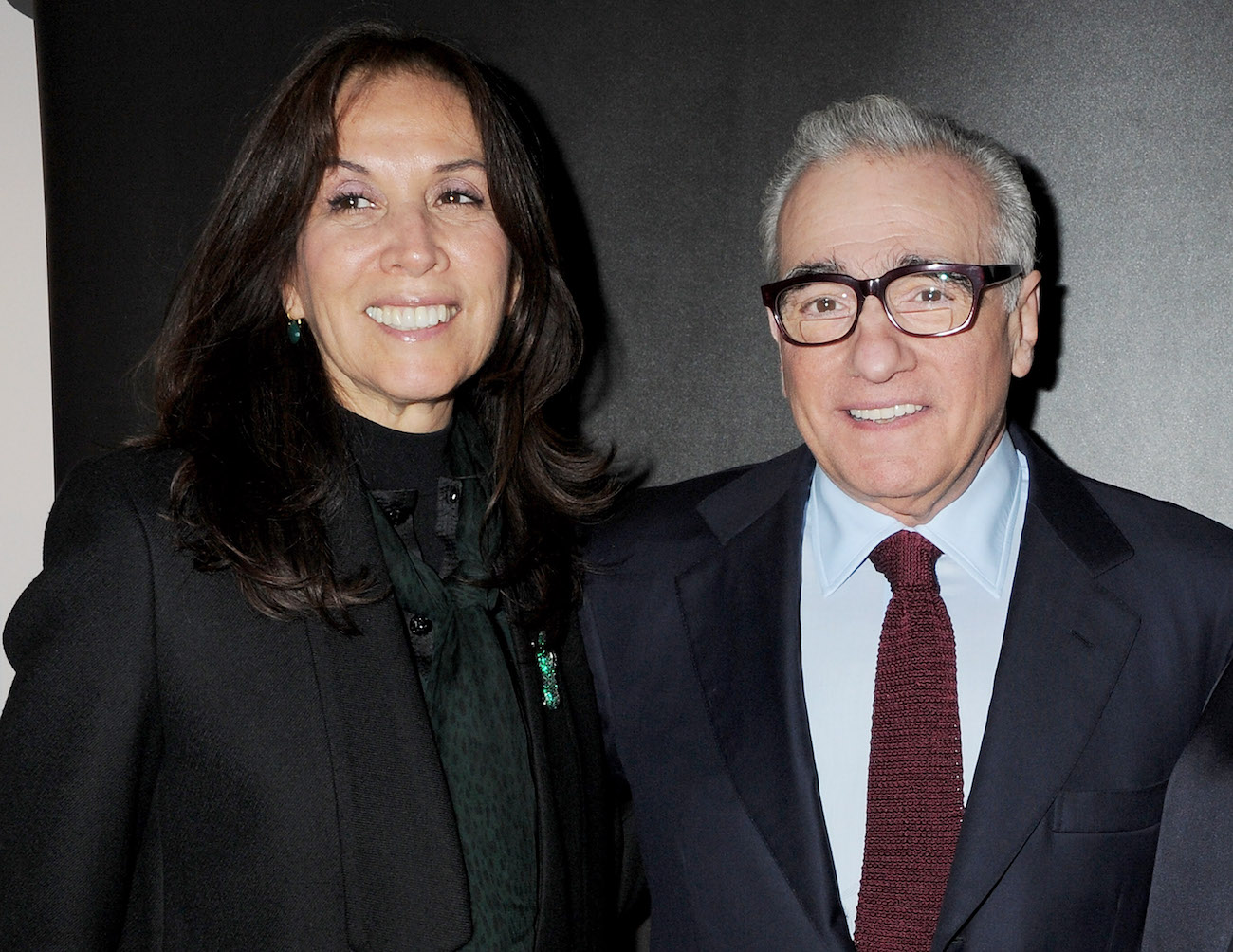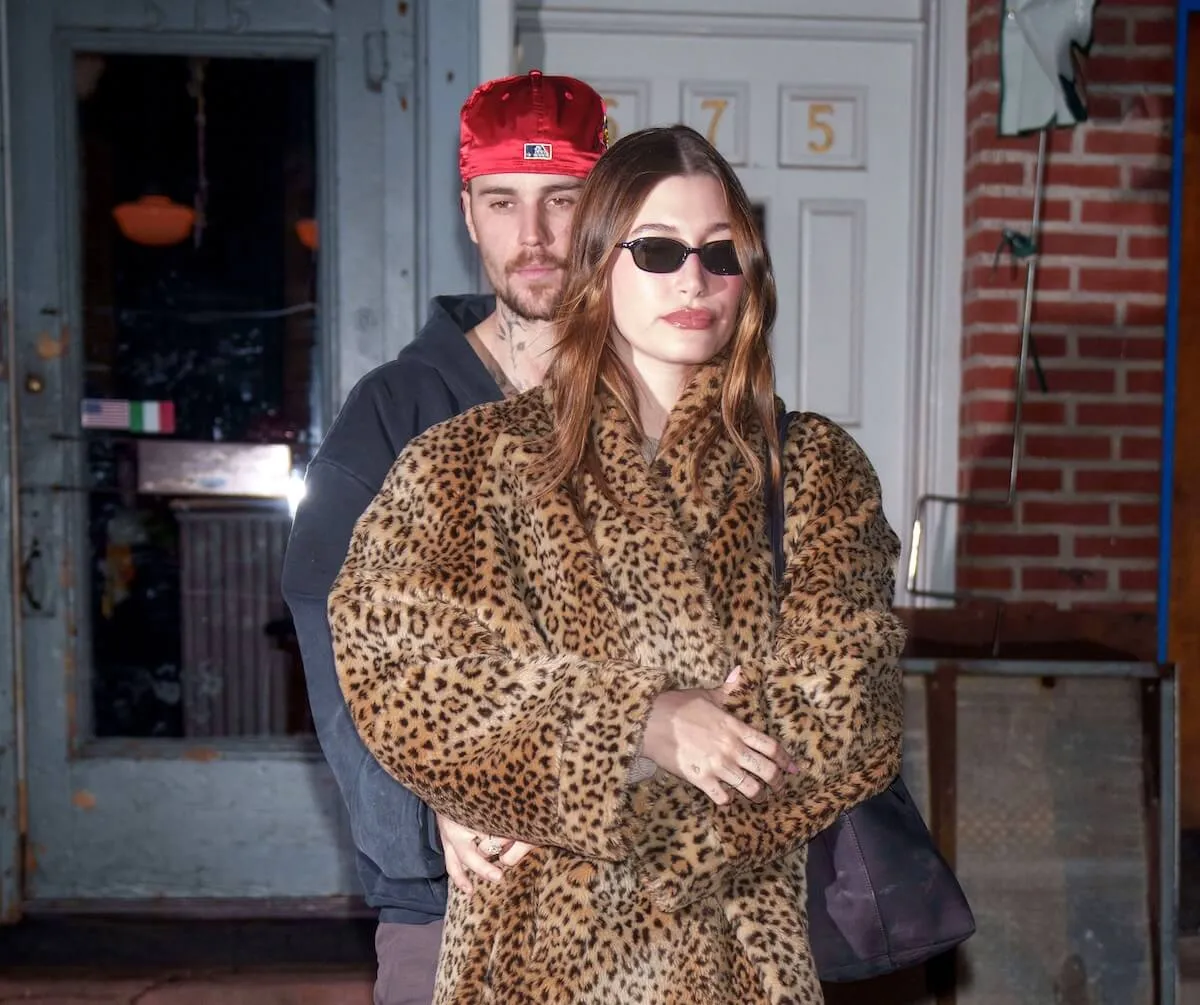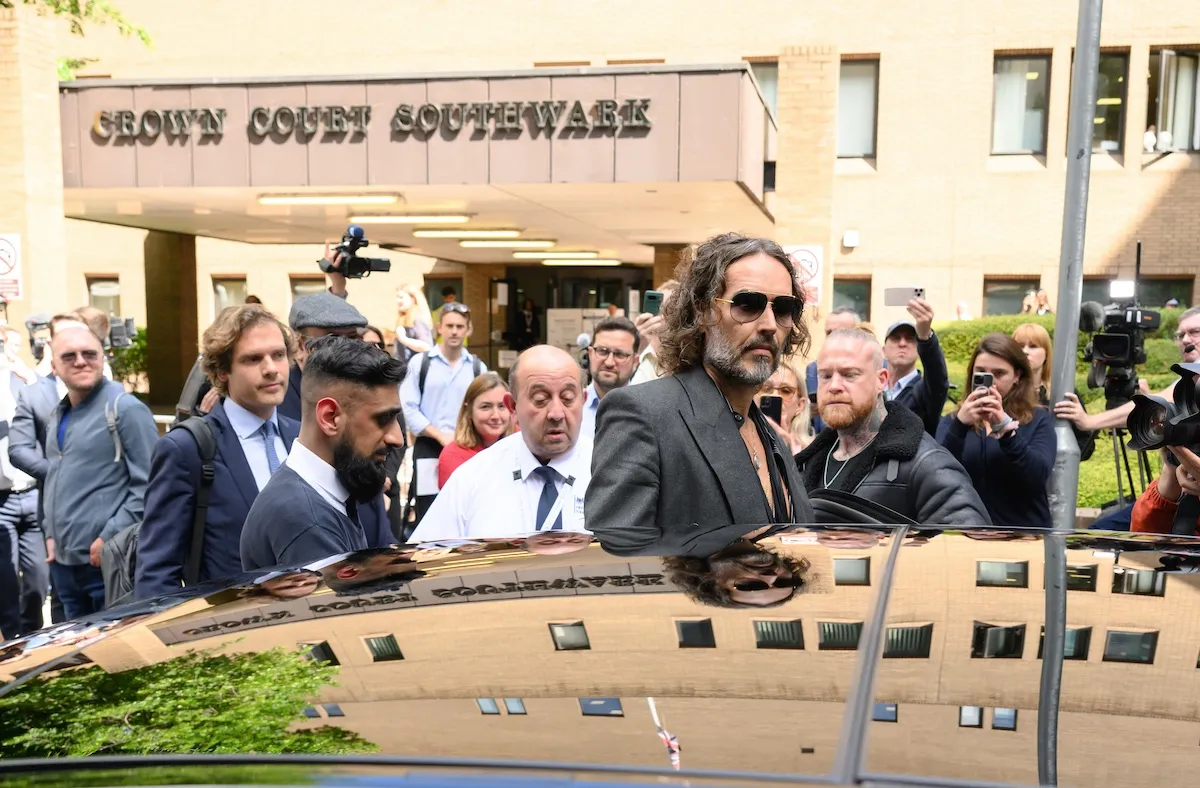Why George Harrison’s Family Wanted Martin Scorsese to Direct ‘George Harrison: Living in the Material World’
Fans got to see a new side of George Harrison in Martin Scorsese‘s 2011 documentary George Harrison: Living in the Material World. There have been many Beatles films, but none about George. So, this was a special project. One that dived into George’s world, thanks to the hard work of George’s family, who have safeguarded George’s legacy since he died in 2001.
They couldn’t get just any director to helm such a project. George’s wife Olivia wanted someone who could tell the real George Harrison story. The only person who could do that was Scorsese.

George Harrison’s family wanted Martin Scorsese to direct ‘Living in the Material World’ because he was ‘capable’
Many directors have taken on Beatles-related documentaries, including Ron Howard and, most recently, Peter Jackson. After George died in 2001, many directors came to Olivia looking to make a George-related documentary. However, none of them were “capable” in her eyes. The only person capable was Scorsese.
IndieWire wrote, “The Harrison family wanted Scorsese for the project because they knew they needed a filmmaker who would be as capable of portraying George’s spiritual journey as much as his rock ‘n’ roll life story. When they decided it was time to tell his story they knew they needed to find a filmmaker who would focus on who George was as a person, and not simply a reel of career highlights.”
“George’s outer life was well known and that would be an easy thing to do,” Olivia explained. “You could put together that story, but the inner life was going to be impossible. And I knew how deeply George felt about certain things in life and what he was trying to achieve and that letter from a very early age was just a seed of what he was thinking.
“That at the very pinnacle of the young, early career of The Beatles, there was something telling him that this was not going to fulfill him. I think I was hoping that that’s what would happen [with the film] and that’s what Marty tuned into.”
George’s spiritual journey had always intrigued Scorsese. “I’ve always had a special interest in how he perceived life and what he was searching for.”
Olivia showed him letters George had written to his mother to entice Scorsese. Executive producer Margaret Bodde witnessed the meeting and said they moved Scorsese. That pretty much locked in the project.
Scorsese had to tell The Beatles portion of the documentary in a different way
There have been tons of Beatles documentaries that have told the same story. But in Living in the Material World, Scorsese got to tell a different side of the story. He got to tell it from George’s perspective.
“Obviously we had to deal with the period of The Beatles as the group so I thought, let’s deal with that immediately and try to get past that information and establish that it’s a given,” Scorsese said. “Even at one point I recall moving up the end point [of the group], the signing of the papers [to dissolve the band] as soon as possible.
“But really we had long discussions about why I was attracted to making the movie and it was a matter of him having everything in his life and still not being fulfilled. [George was] trying to find meaning beyond that, if not meaning, some sort of spiritual trancendence in his life.
“This comes through many different ways but it has to come through the music. But primarily, ultimately he’s going as we all are towards death. So this is what we talked about from the very beginning, the beginning of that journey to the end of our lives.”
Scorsese said it would have been impossible to leave out The Beatles because George Harrison post-Beatles could not have been George Harrison without going through what he did in the group.
Scorsese didn’t have an agenda and took his time making the documentary because new George artifacts kept getting discovered
The documentary was written, in a sense, as Scorsese and his team were editing it. “It had its own energy and its own direction,” Scorsese said in an interview about the documentary. “And it was taking us in certain places.”
“We never felt that there was an agenda of any kind, except to be as honest as possible to who he appears to have been.”
Scorsese knew how he wanted the documentary to begin and end, but it was a constant start and stop process. It took five years to make because new artifacts kept being discovered by Olivia.
“It was tricky because new stuff would come in, and we’re talking about five years,” Scorsese told IndieWire. “One of the reasons that it takes five years is because there are no deadlines, it just happens to be finished now. For me, this whole year has been a series of films that I’ve been working on for quite a long time that just happen to be finished at the same time.
“Since November of last year till November now. It’s kind of enjoyable but what’s really important about working on this kind of film is living with the film. Meeting, talking, screening it, thinking about it, working, talking, David [Tedeschi] working for a couple of weeks, bringing me back in the [editing] room. Thinking I’m going to be there for 10 or 15 minutes, instead being there 3 hours talking.
“But I think because of that process, everything was open, everything was new, everything was fresh and everything was anticipatory. We always knew something would come in. Sometimes it was a little scary because if more good stuff comes in, when are we going to finish this? And it would go on and on. It was a real, real joy to work on and very moving experience. It was a real life saver.”
All the time and effort it took to make Living in the Material World was worth it. Fans got to see George in a new light.


